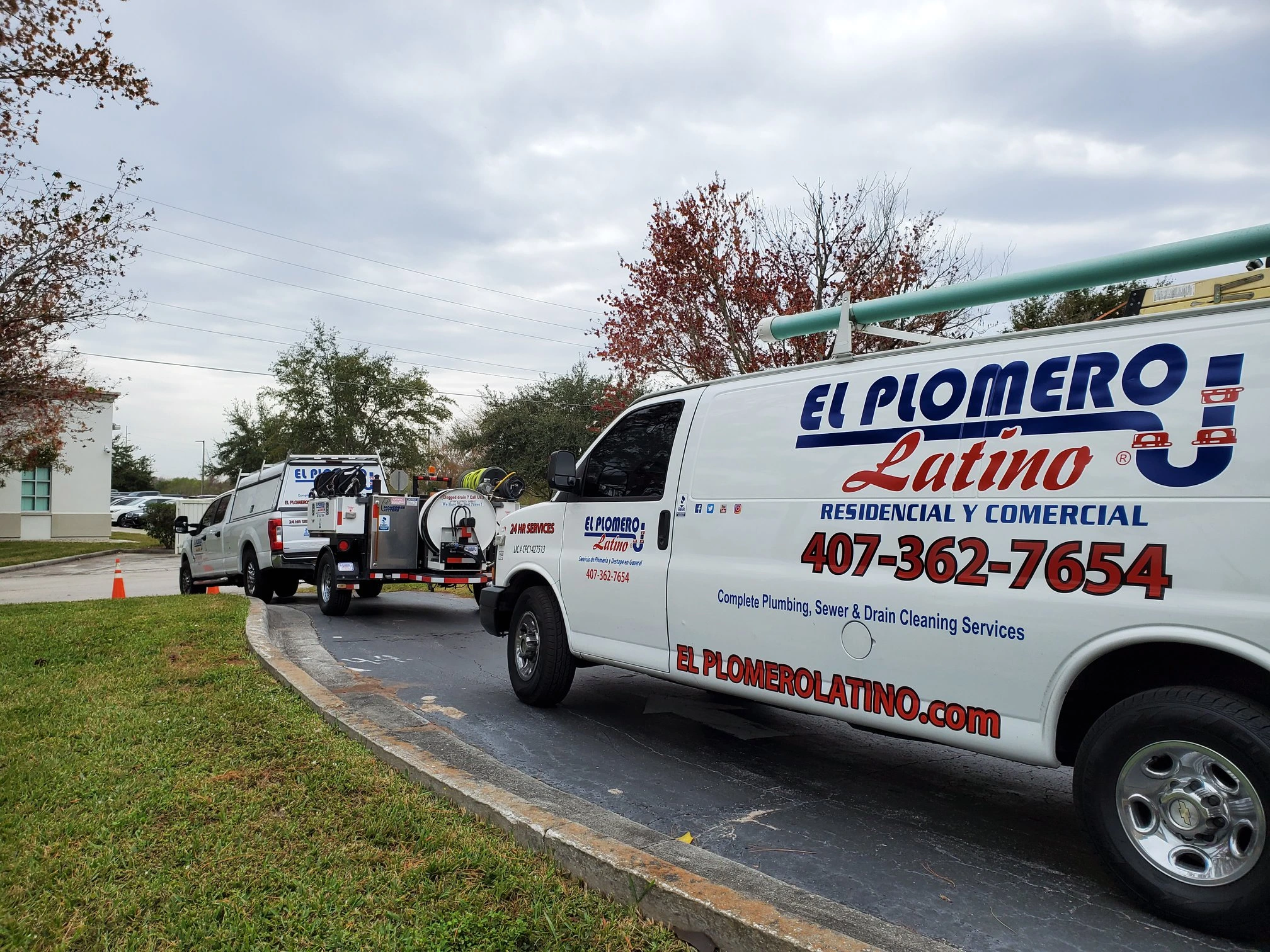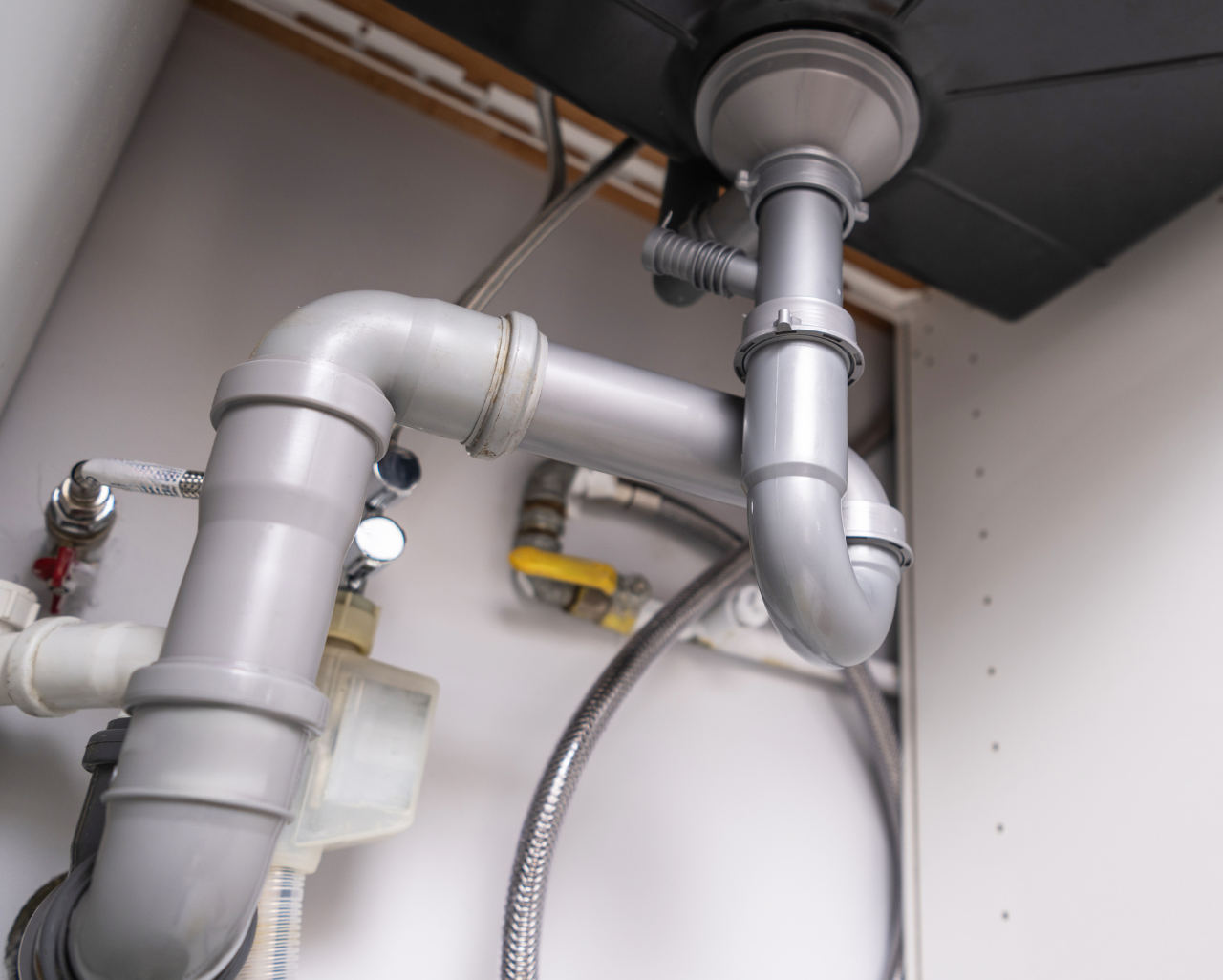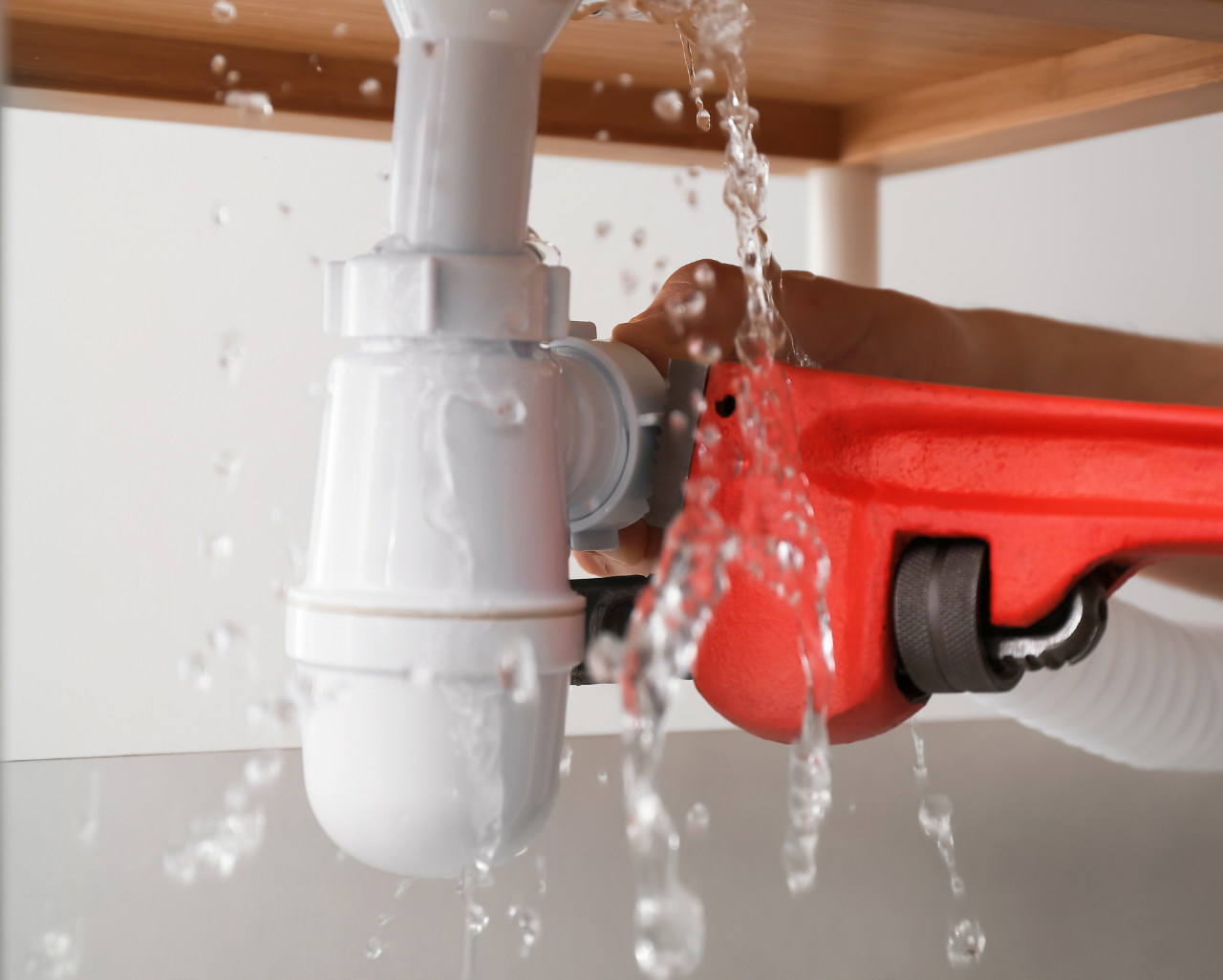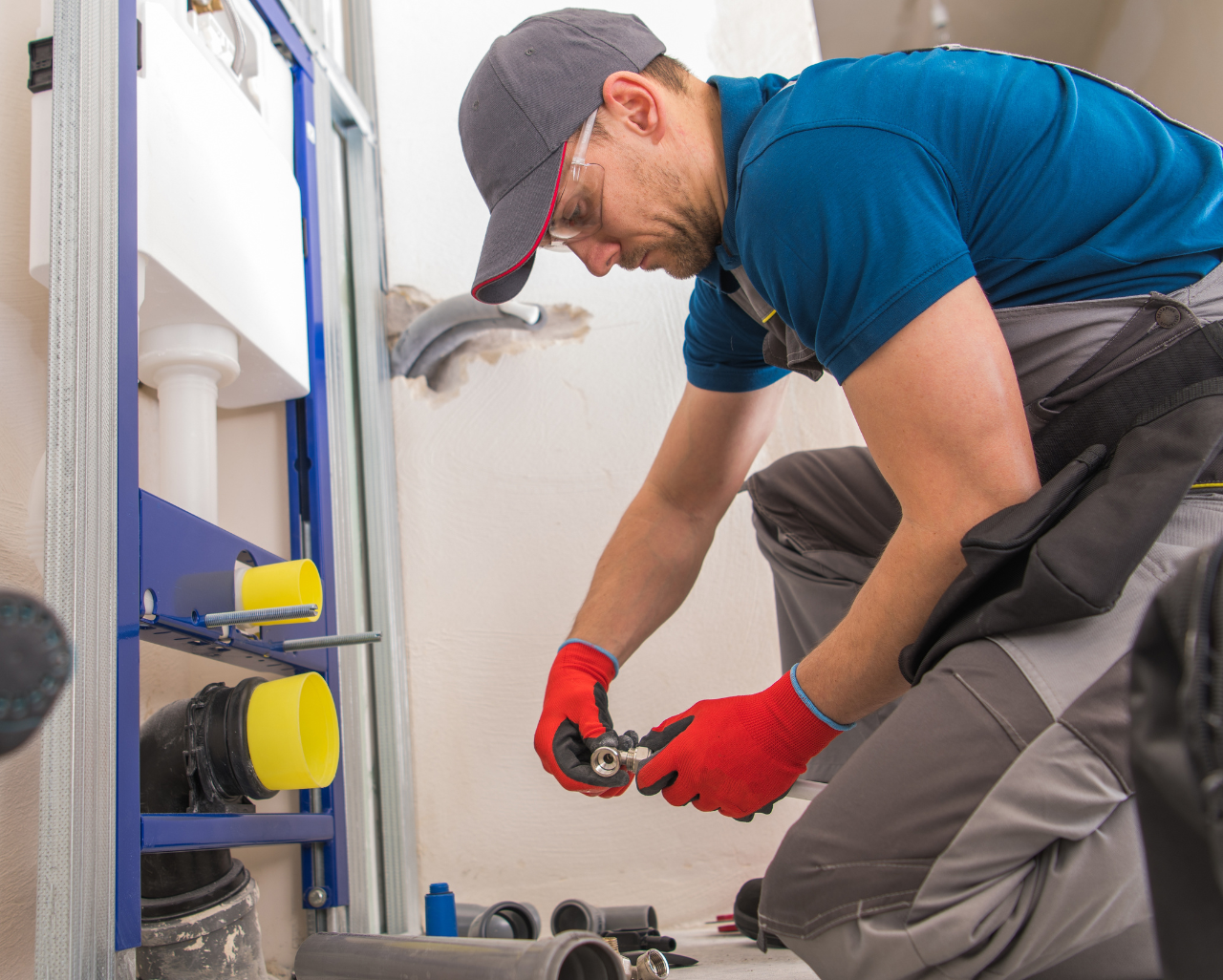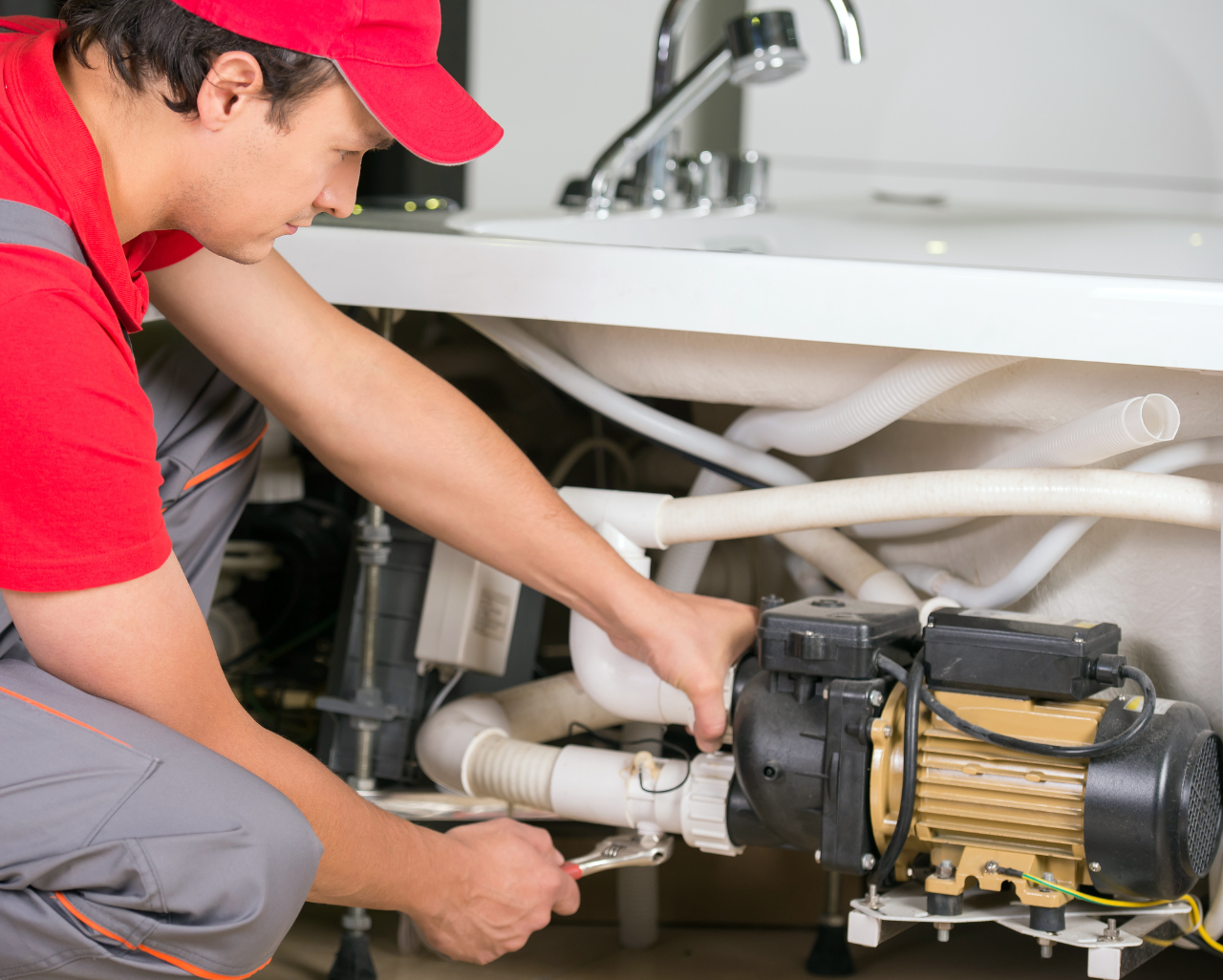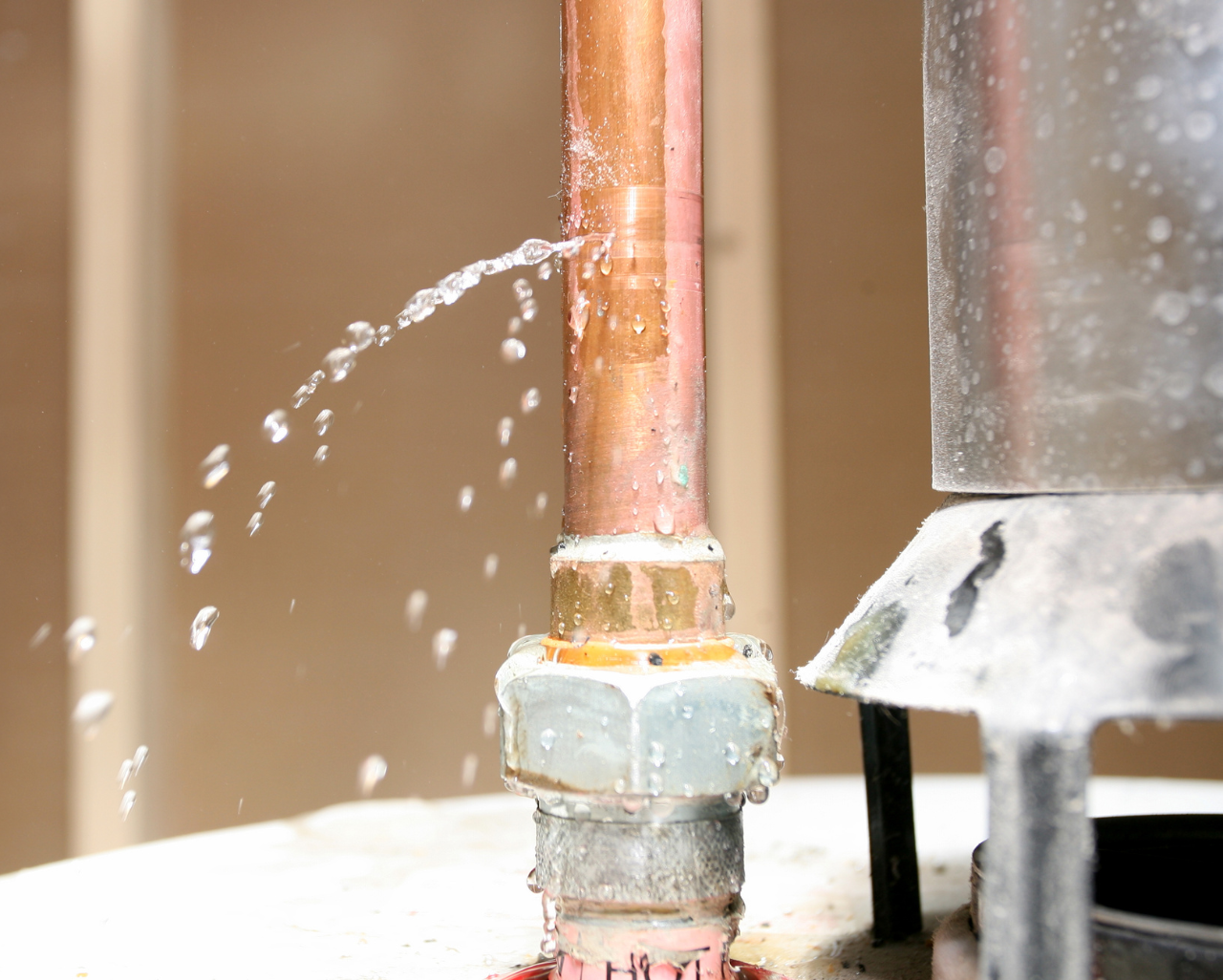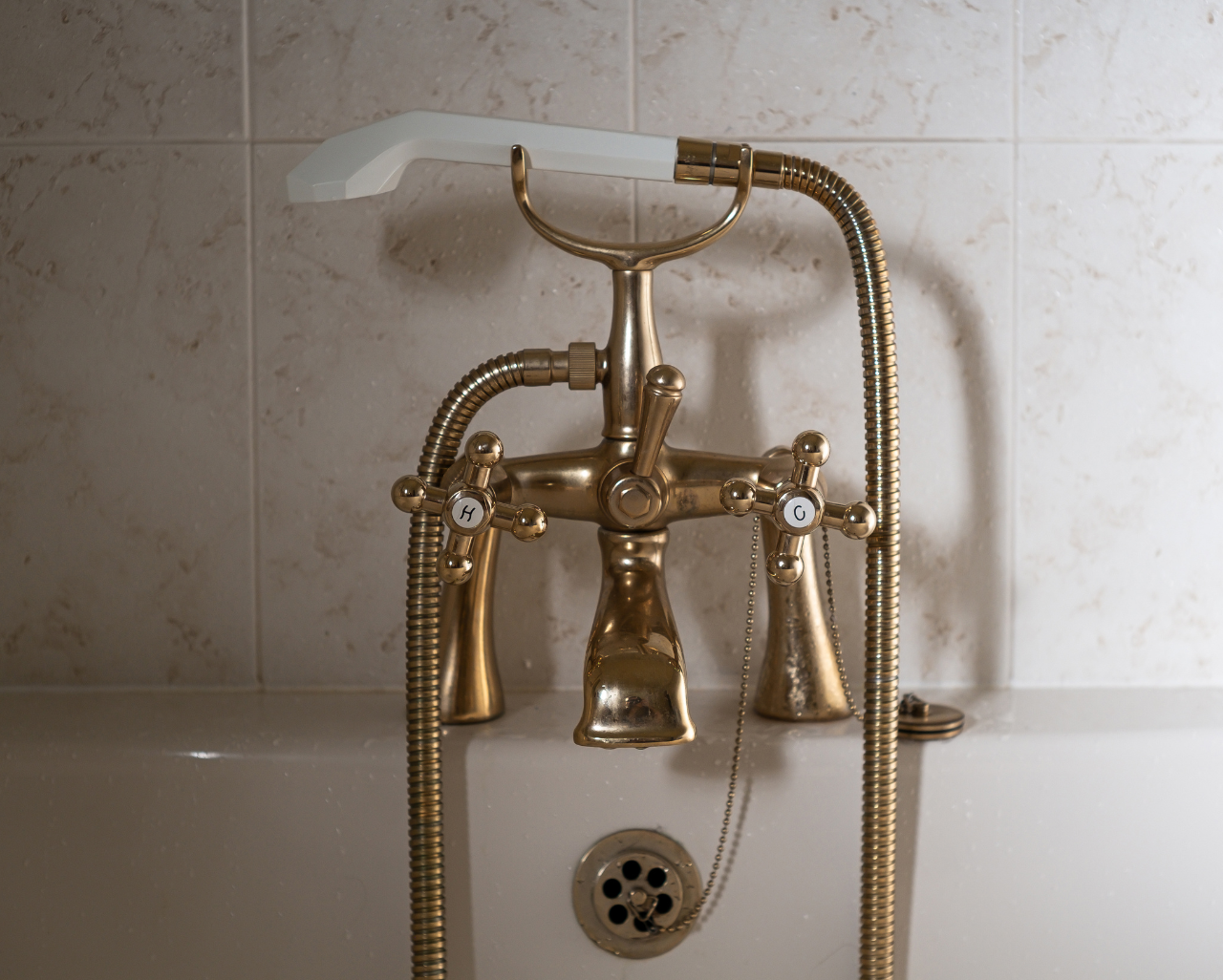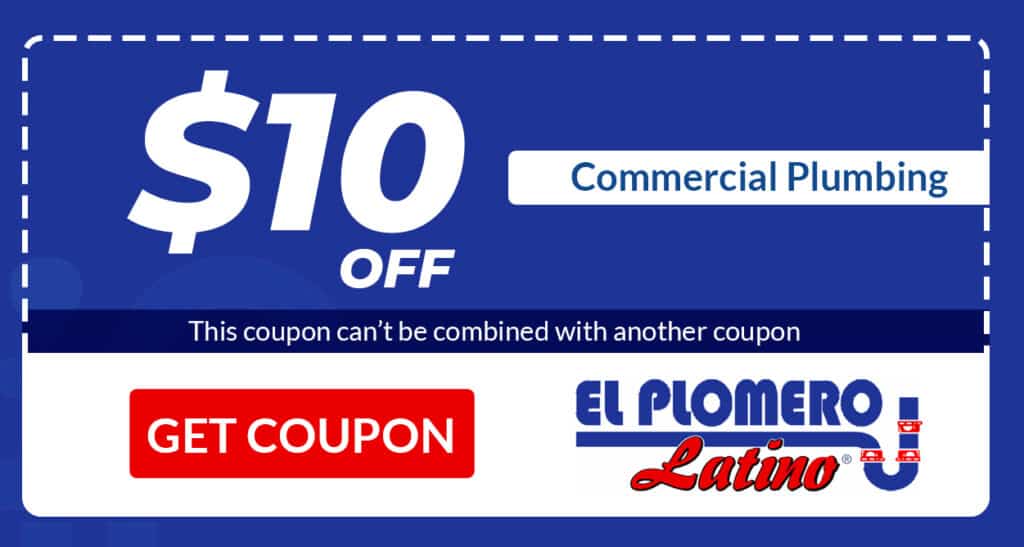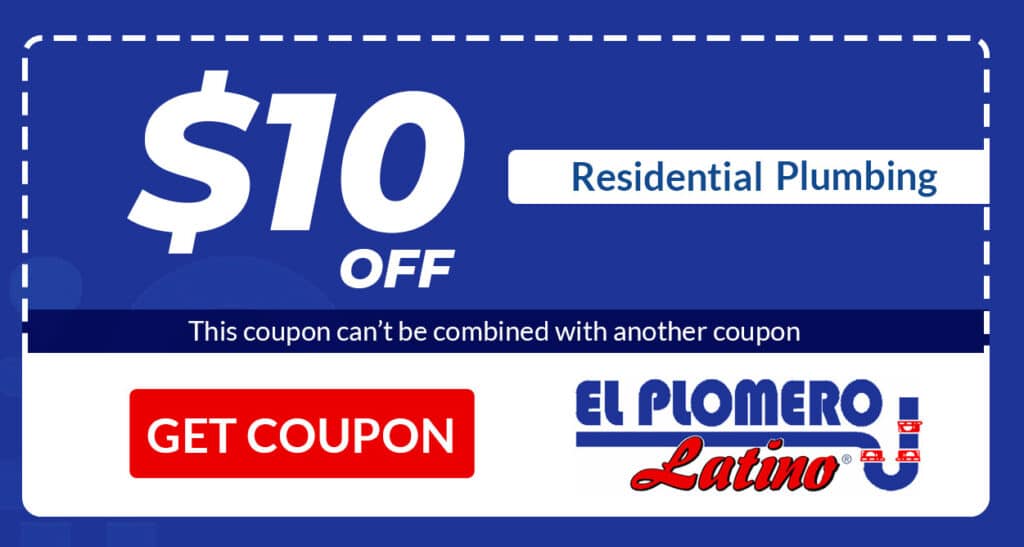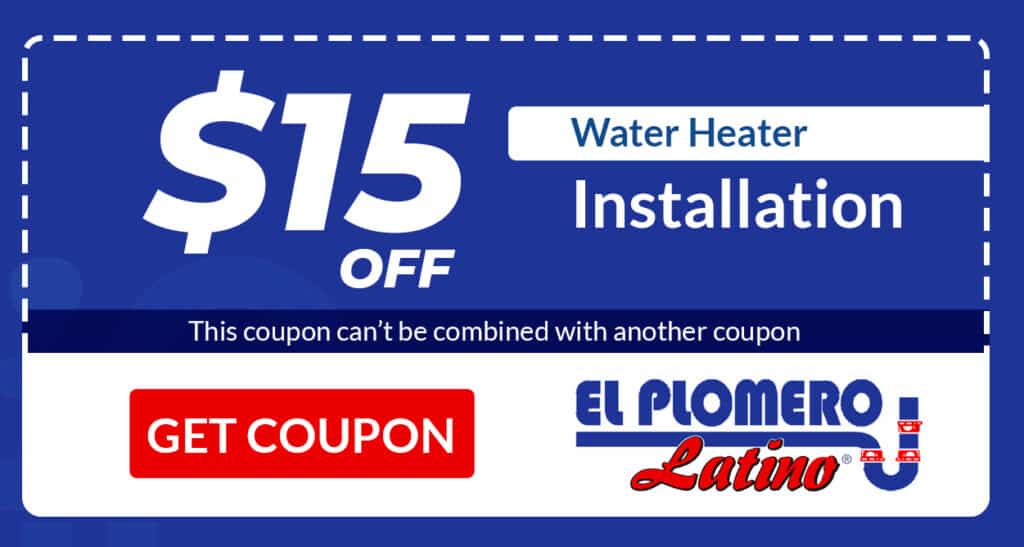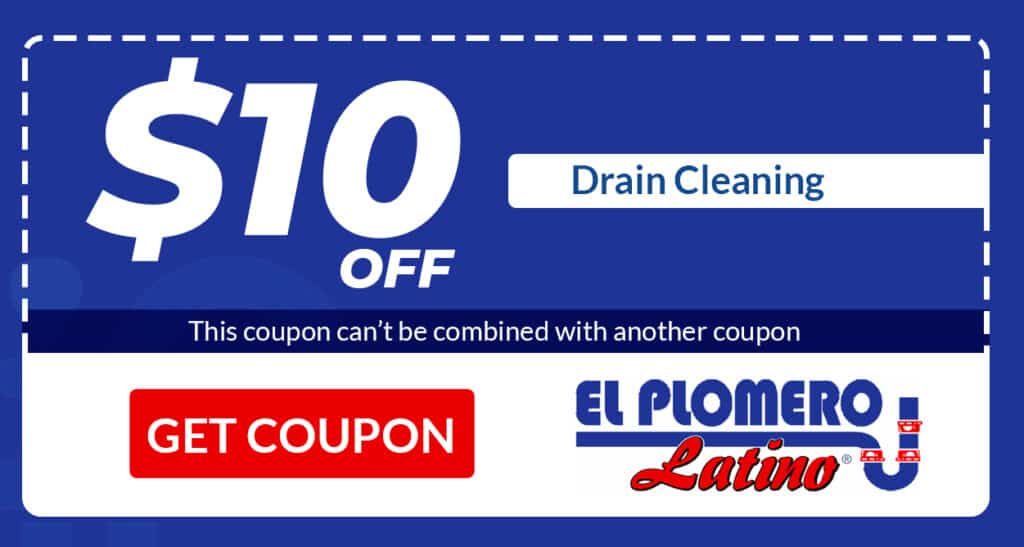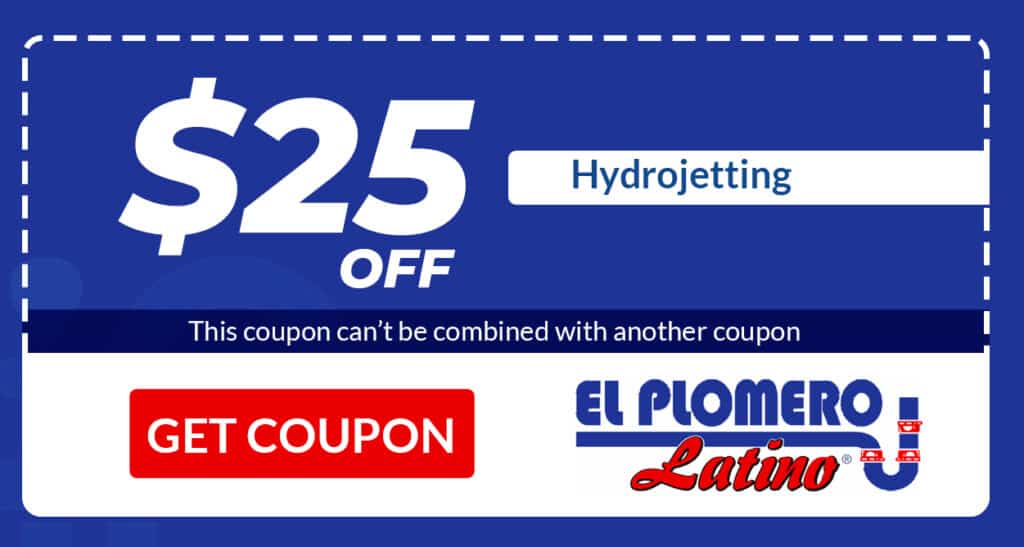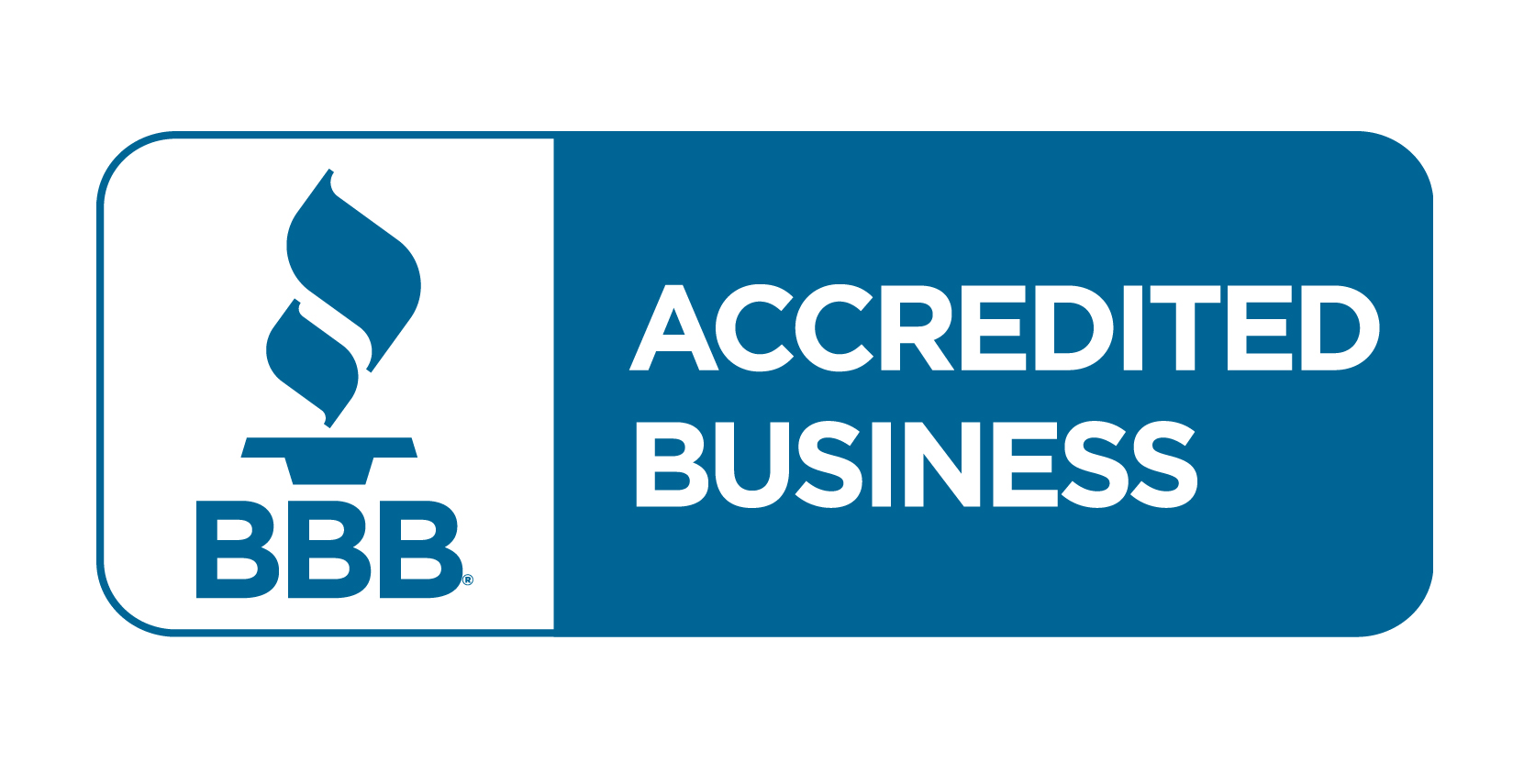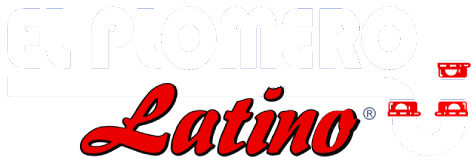Your home’s water supply lines are the unsung heroes of your plumbing system, delivering fresh water to your faucets, showers, and appliances. While often hidden behind walls and under floors, understanding the different types of piping used for these lines can be beneficial for homeowners. El Plomero Latino, serving Orange, Osceola, and Seminole Counties, is here to break down the most common types of water supply piping and discuss their pros and cons.
Common Types of Water Supply Piping:
Several materials are commonly used for residential water supply lines, each with its own characteristics:
- Copper: Copper has been a popular choice for decades due to its durability and resistance to corrosion. There are two main types of copper piping:
- Rigid Copper (Types L, K, and M): These are rigid pipes that are joined using solder or compression fittings. Type L is the most common for residential plumbing, while Type K is thicker and used for underground or heavy-duty applications, and Type M is the thinnest and less commonly used today.
- Flexible Copper (Type ACR): This type is more flexible and is often used for shorter runs or in tight spaces.
- PEX (Cross-linked Polyethylene): PEX is a flexible plastic tubing that has become increasingly popular in recent years due to its ease of installation and cost-effectiveness. It is resistant to corrosion and scaling.
- PVC (Polyvinyl Chloride) and CPVC (Chlorinated Polyvinyl Chloride): PVC is a rigid plastic pipe commonly used for cold water supply lines, while CPVC is a similar material that can withstand higher temperatures and is used for hot water supply lines. CPVC is less common in modern homes for supply lines. PVC is more often used for drainage.
Pros and Cons of Each Type:
Here’s a breakdown of the advantages and disadvantages of each material:
Copper:
Pros:
- Durability: Copper is highly durable and can last for many decades.
- Corrosion Resistance: Copper is naturally resistant to corrosion, although certain water conditions can accelerate corrosion.
- Heat Resistance: Copper can withstand high temperatures, making it suitable for both hot and cold water supply lines.
- Reliability: Properly installed copper systems are very reliable and have a low failure rate.
Cons:
- Higher Cost: Copper is generally more expensive than other piping materials.
- More Complex Installation: Installing copper requires soldering or specialized compression fittings, which can be more labor-intensive and require specialized skills.
- Susceptibility to Pinhole Leaks: In certain water conditions, copper can develop pinhole leaks, which can be difficult to detect.
PEX:
Pros:
- Lower Cost: PEX is generally less expensive than copper.
- Easy Installation: PEX is flexible and can be easily installed with fewer fittings, reducing installation time and cost.
- Corrosion and Scale Resistance: PEX is highly resistant to corrosion and scaling, making it a good choice for areas with hard water.
- Freeze Resistance: PEX is more resistant to freezing and bursting than rigid piping materials.
Cons:
- Susceptibility to UV Damage: PEX can be damaged by prolonged exposure to ultraviolet (UV) light, so it’s not suitable for outdoor applications.
- Potential for Degradation from Certain Chemicals: Some chemicals can degrade PEX over time.
- Rodent Damage: Rodents can sometimes chew through PEX tubing.
PVC/CPVC:
Pros (Primarily PVC for Drainage Today):
- Low Cost: PVC is very inexpensive.
- Easy Installation (for drainage): PVC is lightweight and easy to cut and join with solvent cement.
Cons (For Supply Lines – less common now):
- Lower Durability (especially CPVC): CPVC can become brittle over time, especially with exposure to high temperatures and certain water conditions.
- Susceptibility to Cracking (especially CPVC): CPVC is more prone to cracking than other materials.
- Not Suitable for All Applications: PVC is only suitable for cold water supply lines.
Choosing the Right Piping for Your Home:
The best type of piping for your home depends on various factors, including:
- Budget: PEX is generally the most cost-effective option, while copper is the most expensive.
- Local Building Codes: Local codes may dictate which materials are permitted.
- Water Quality: Certain water conditions can affect the longevity of different piping materials.
- Installation Complexity: DIYers may find PEX easier to install than copper.
El Plomero Latino: Your Plumbing Experts
Understanding the different types of water supply piping can help you make informed decisions about your home’s plumbing system. El Plomero Latino, serving Orange, Osceola, and Seminole Counties, is here to answer your questions and provide expert plumbing services. Whether you need a new installation, plumbing repair, or replacement, we can help you choose the right piping material for your needs and budget. Contact us today! (407) 362-7654.

